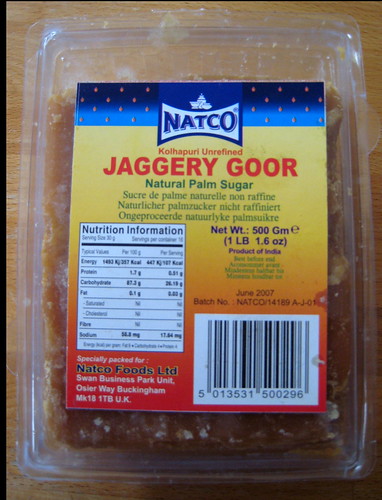After we got heavily onto the subject of nutrients and additives in the clone only thread i thought best to start a thread on the subject.
So tell us what you use, why you use it and what you like about it.
We can use this thread for a review base of sorts for nutrients/additives on the UK market..
Lets also take the time to name and shame any nutes/additives that dont do what they say on the tin ( Ronseal lol ) or you just didnt like them for what ever reason.
Currently iv just started using House & Garden Top Booster. Basically just a pk booster, iv never used one before so thought id try it out. We'll see how it goes....
Also lets include any type of soil amender(e.g guano) and beneficial bacteria...Peace
So tell us what you use, why you use it and what you like about it.
We can use this thread for a review base of sorts for nutrients/additives on the UK market..
Lets also take the time to name and shame any nutes/additives that dont do what they say on the tin ( Ronseal lol ) or you just didnt like them for what ever reason.
Currently iv just started using House & Garden Top Booster. Basically just a pk booster, iv never used one before so thought id try it out. We'll see how it goes....
Also lets include any type of soil amender(e.g guano) and beneficial bacteria...Peace

















